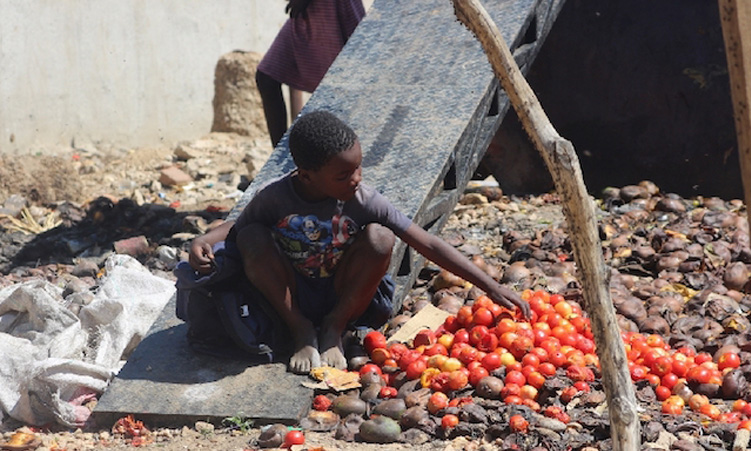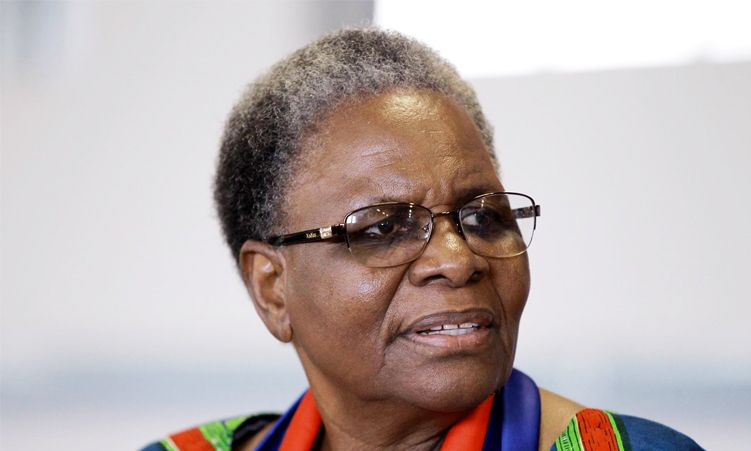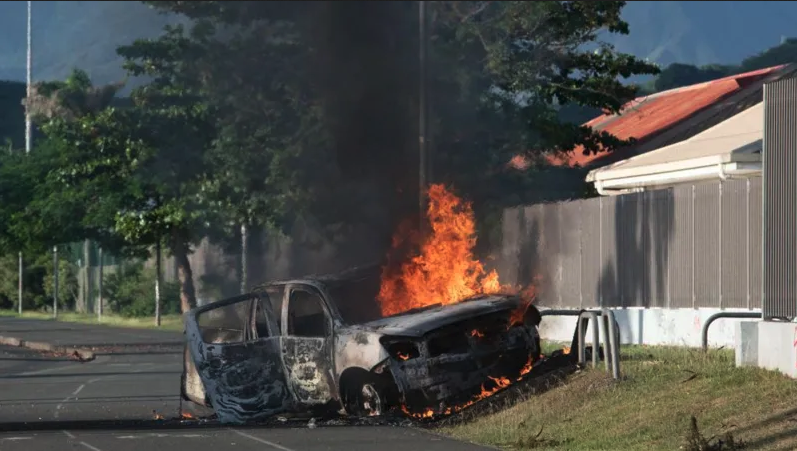The executive director in the Office of the Prime Minister, I-Ben Nashandi, says the number of people expected to experience high levels of food insecurity in Namibia will soon rise to 695 000.

Nashandi was speaking at the 2023/24 Livelihood Vulnerability Assessment and Analysis conference in Windhoek this week.
“The government will roll out a drought relief programme to the tune of N$892 million.
“It is projected that the number of people expected to experience food insecurity from October 2023 to March 2024 would rise to 695 000 (26% of the population),” he said.
From July to September this year, 579 000 people in Namibia were facing acute food insecurity and required urgent action to reduce food gaps and protect livelihoods.
“During the current period, most households do not have any food stock, most having indicated stock lasting less than one month, and those who had stock lasting between one and three months have already depleted their food stock.
“As a result, households have already experienced difficulties in buying food due to a lack of income and high unemployment rates,” he said.
This will be heightened by the anticipated El Niño phenomenon, which is likely to occur during next year’s agricultural season.
Namibia’s deteriorating food security is mainly driven by drought, dry spells, erratic rainfall, price shocks, economic decline and unemployment.
Nashandi said food relief distribution will be coordinated by the Office of the Prime Minister and implemented by regional councils across the country in all 14 regions.
The Cabinet has approved proposed drought relief interventions and has directed it to the relevant agencies.
Minister of information and communication technology Peya Mushelenga yesterday said the Cabinet supports the continuous management of livestock support and drought relief programme logistics.
“The Cabinet has authorised the Ministry of Finance and Public Enterprises to source funding for the shortfall in the national emergency disaster fund for the proposed drought relief interventions,” he said.
Mushelenga said the Office of the Prime Minister has been approved to source private vehicles to be used in the distribution of the drought relief interventions.
At Kanaan, Gobabis’ informal settlement, extreme poverty and babies dying of malnutrition are the order of the day.

Some 45 children under the age of five years died in the last six months as a result of malnutrition in the region.
Zelda Bronzel (31) from Kanaan says as much as she fears her son (3) dying of malnutrition, there’s nothing she can do to prevent this.
“I am unemployed. I sometimes wash people’s clothes and get something to eat for myself and my baby. When he starts crying, I don’t even know what to give him, because I am also hungry,” she says.
Community leader Johannes Dam says the struggle for food is a daily one.
“The food we get from the government is not nutritious at all,” he says.
Dam says it often takes three to four months to get access to government food.
“When we run out of food, we go to the bushes and look for wild berries and tree roots.
“It satisfies you and quenches your thirst. Then we can go up to three days without food,” he says.
Omaheke health director Jeremia Shikulo yesterday said the region recorded 132 cases of malnutrition from January to June.
Rinaani Masutua from the Basic Income Grant Coalition says the introduction of a universal Basic Income Grant will close the widening gap between the rich and the poor.
“A universal grant of N$500 per person per month. A lot of Namibians are suffering and the government cannot only help 2% of the population,” she says.
Stay informed with The Namibian – your source for credible journalism. Get in-depth reporting and opinions for
only N$85 a month. Invest in journalism, invest in democracy –
Subscribe Now!






